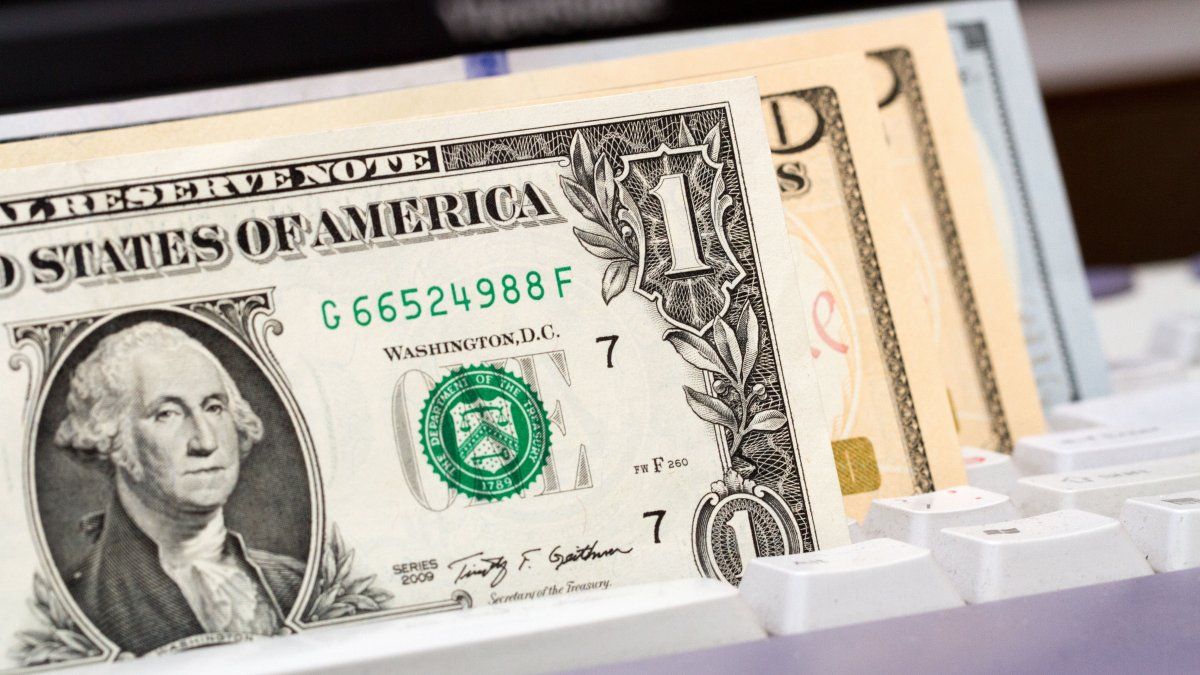The Central Bank (BCRA) reported an increase in card spending in dollars during the tenth month of the year. What happened to the reserves?
In October, Argentines bought US$791 million in the official exchange market(US$213 million or 36% more than in September), of which US$564 million were allocated mainly to travel expenses and other consumption made with cards (no less than US$167 million or 42% more than the previous month) yu$s198 million for the purchase of tickets (with an increase of about u$s30 million or 20% in the month).
The content you want to access is exclusive to subscribers.
This follows from the report on the evolution of the Foreign Exchange Market and Exchange Balance of the tenth month of the year that published the Central Bank (BCRA) and the increase in the spending of the card dollar explains the measure that the Government took to make that exchange rate more expensive last week, after the runoff.


Let us remember that the Government ordered an increase in taxes on the card dollar and brought its value closer to that of financial and blue dollars. She did it by General Resolution 5450/2023, published last Thursday in the Official Gazette, through which the Federal Public Revenue Agency (AFIP) established that for this type of operations a 100% advance payment of Income Tax and another 25% will be applied. % for Personal Property.
With this modification, this type of change began to pay 155% taxes on the value of the official dollar and approached parallel exchange rates. The objective of the measure is to tend towards exchange rate unification and discourage the increase in spending in dollars with cards, which many Argentines chose until last month due to the convenience in the price of that exchange rate.
Dollars in BCRA reserves
On the other hand, the report indicates that the financial regulator’s international reserves decreased by US$4,366 million and the entity ended October at a level of US$22,559 million.
“This decrease was mainly explained by the capital payments to the International Monetary Fund (IMF) for about US$1,793 million (1,367 million SDR), for net payments of capital and interest with international organizations (except the IMF) and other financial debt of the National Treasury for US$1,399 million,” the report indicated. .
Likewise, they mentioned as elements to take into account in this sense are the decrease in foreign currency holdings of the entities, the net sales of the BCRA in the exchange market and the net payments settled through the Local Currency Payment System, partially offset by the increase in the price in US dollars of the assets that make up the reserves for US$207 million.
Source: Ambito
I am a 24-year-old writer and journalist who has been working in the news industry for the past two years. I write primarily about market news, so if you’re looking for insights into what’s going on in the stock market or economic indicators, you’ve come to the right place. I also dabble in writing articles on lifestyle trends and pop culture news.




